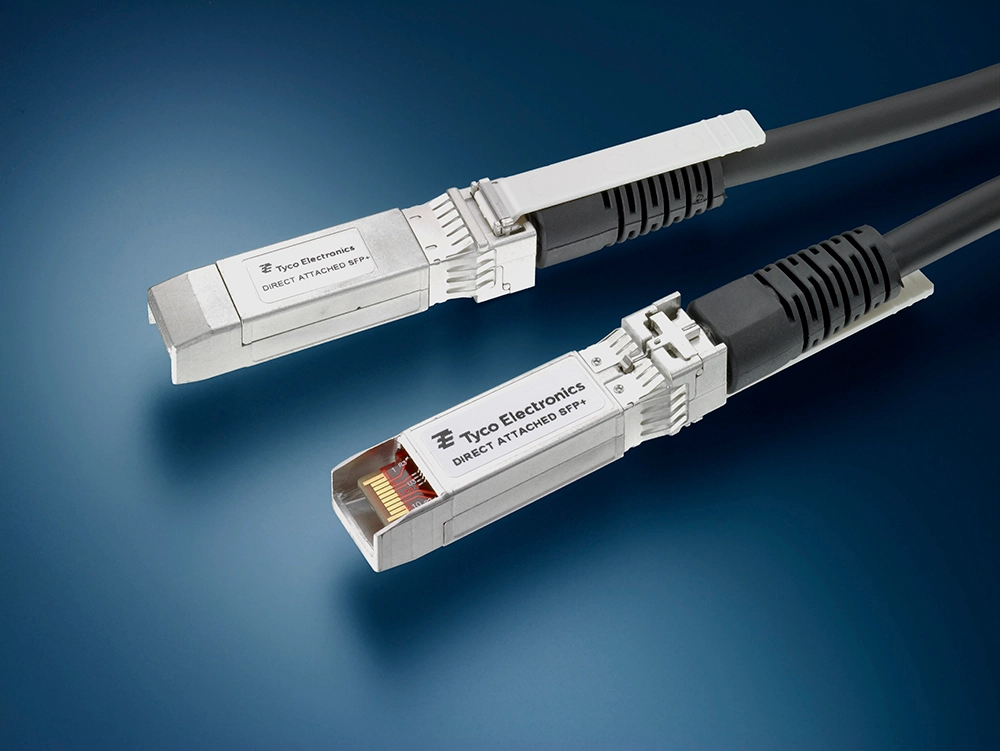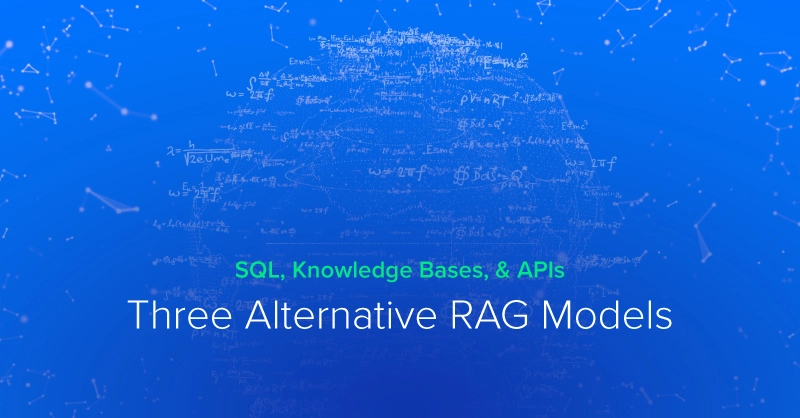
Base-T is an Ethernet cable using a twisted pair as the method of cabling. The purpose of using twisted pairs in cabling is to reduce radio frequency interference. "Base" denotes that baseband transmission is being used, whereas the "T" indicates the use of a twisted pair cable. The speeds supported by this type of Ethernet cable are noted in the prefix, i.e. - 10GBase-T. In this particular case, "10G" refers to 10 Gigabits of transfer speed.
Interconnects:
Base-T, however, is not the only type of baseband transmission cable in existence. USR, SR, LR, and ER are some of the most recent and common variations of the cable to-date; and they stand for ultra-short reach, short reach, long reach, and extended reach, respectively. It is also important to note that the aforementioned interconnects are based on optical fiber rather than Base-T's copper wire.
Connectors:
Not all interconnects use the same connection type so it is crucial to check that the cable chosen will be compatible with its application. 10GBase-T uses a connection type of 8P8C depicted on the below-left figure. 10GBase-USR on the other hand utilizes SFP+ (bottom middle) and X2 (bottom right) connection types. Other connection types include XENPAK and XFP.

The Future:
Different segments and classes of businesses require different Ethernet speeds. For smaller enterprises, the adoption of 10G is currently underway. However, due to the advent of cloud computing, the need for much higher speeds is required. Luckily, the adoption of 50G is expected this year with 100G to follow shortly after in 2018/2019. In order to achieve these speeds the connector QSFP+ (150 m) will be required, which has a shorter cable length than that of 10G (400 m) with a difference of 250m. While this length limitation may seem like a downgrade, ultimately it is irrelevant when utilized in the proper server rack configuration (i.e. intra-rack instead of inter-row connections). Going into 2020 and beyond 100G is likely to become ubiquitous among the industry for all but the highest tier clients and consumers.

What Is Base-T And What It Means For The Future
Base-T is an Ethernet cable using a twisted pair as the method of cabling. The purpose of using twisted pairs in cabling is to reduce radio frequency interference. "Base" denotes that baseband transmission is being used, whereas the "T" indicates the use of a twisted pair cable. The speeds supported by this type of Ethernet cable are noted in the prefix, i.e. - 10GBase-T. In this particular case, "10G" refers to 10 Gigabits of transfer speed.
Interconnects:
Base-T, however, is not the only type of baseband transmission cable in existence. USR, SR, LR, and ER are some of the most recent and common variations of the cable to-date; and they stand for ultra-short reach, short reach, long reach, and extended reach, respectively. It is also important to note that the aforementioned interconnects are based on optical fiber rather than Base-T's copper wire.
Connectors:
Not all interconnects use the same connection type so it is crucial to check that the cable chosen will be compatible with its application. 10GBase-T uses a connection type of 8P8C depicted on the below-left figure. 10GBase-USR on the other hand utilizes SFP+ (bottom middle) and X2 (bottom right) connection types. Other connection types include XENPAK and XFP.

The Future:
Different segments and classes of businesses require different Ethernet speeds. For smaller enterprises, the adoption of 10G is currently underway. However, due to the advent of cloud computing, the need for much higher speeds is required. Luckily, the adoption of 50G is expected this year with 100G to follow shortly after in 2018/2019. In order to achieve these speeds the connector QSFP+ (150 m) will be required, which has a shorter cable length than that of 10G (400 m) with a difference of 250m. While this length limitation may seem like a downgrade, ultimately it is irrelevant when utilized in the proper server rack configuration (i.e. intra-rack instead of inter-row connections). Going into 2020 and beyond 100G is likely to become ubiquitous among the industry for all but the highest tier clients and consumers.




